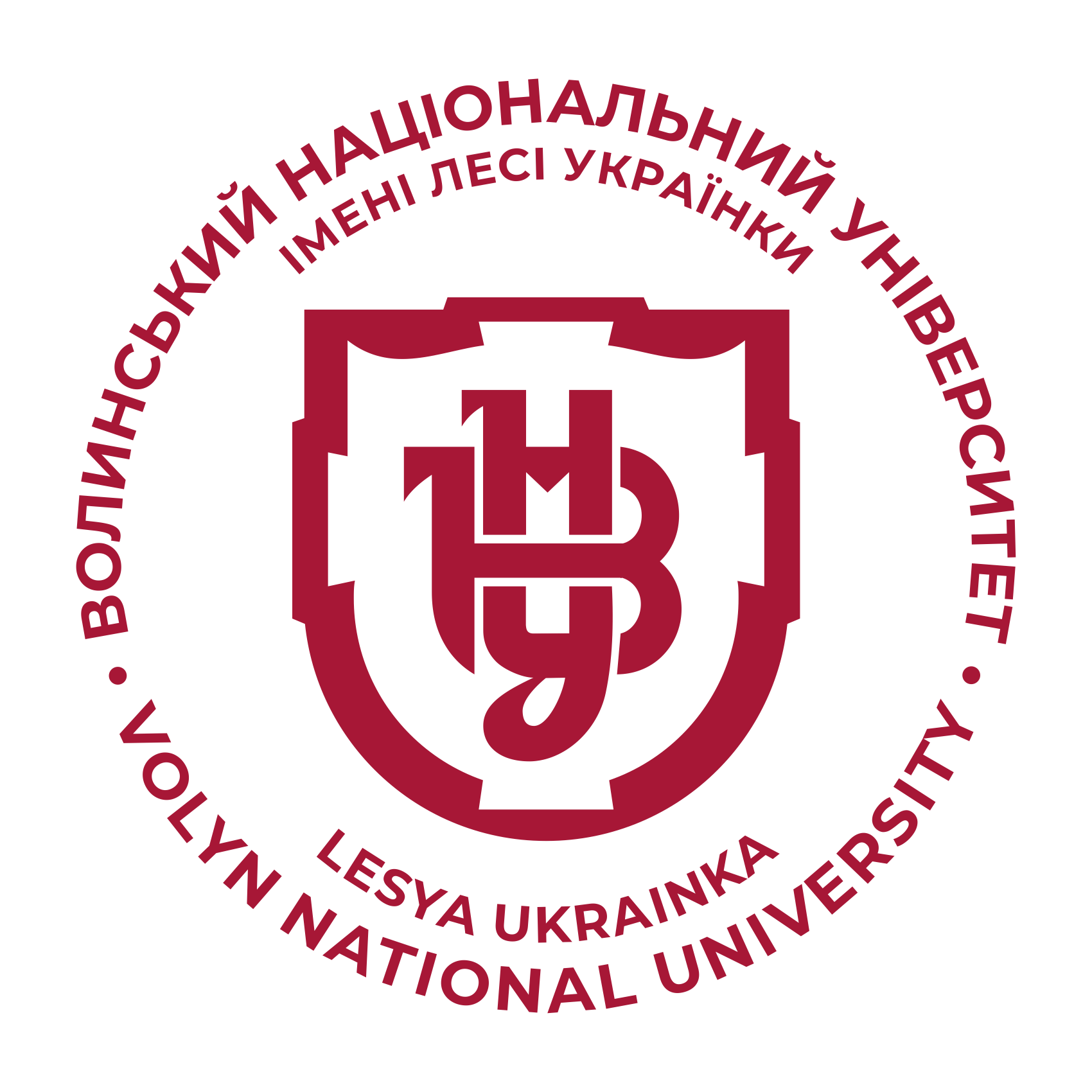ОЦІНКА ІНКЛЮЗИВНОГО РОЗВИТКУ РЕГІОНІВ УКРАЇНИ
DOI:
https://doi.org/10.29038/2411-4014-2019-04-157-165Ключові слова:
оцінка розвитку, інклюзивний розвиток регіону, регіони України, соціальний розвиток, економічний розвиток, інфраструктурний розвитокАнотація
Нові виклики сучасної парадигми суспільного зростання формують потребу оновленого бачення соціально-економічних змін на основі застосування інклюзивного підходу. У статті здійсненна оцінка рівня та динаміки інклюзивного розвитку регіонів України. Обґрунтована необхідність поглибленого дослідження розвитку регіону із врахуванням його інклюзивності, що розширює аналіз економічних зрушень, доповнюючи його показниками рівномірності розподілу отриманих благ та оцінкою можливостей включення усіх верств населення до процесів соціально-економічного зростання. Проведений аналіз інклюзивного розвитку регіонів за трьома складовими, що дозволяють в достатній мірі об’єктивно оцінити його рівень. Розрахунок інтегрального індексу, а також показників, що характеризують динаміку економічної, соціальної й інфраструктурної сфер дозволив встановити тенденції інклюзивного розвитку регіонів України та виявити наявність значної міжрегіональної асиметрії.







